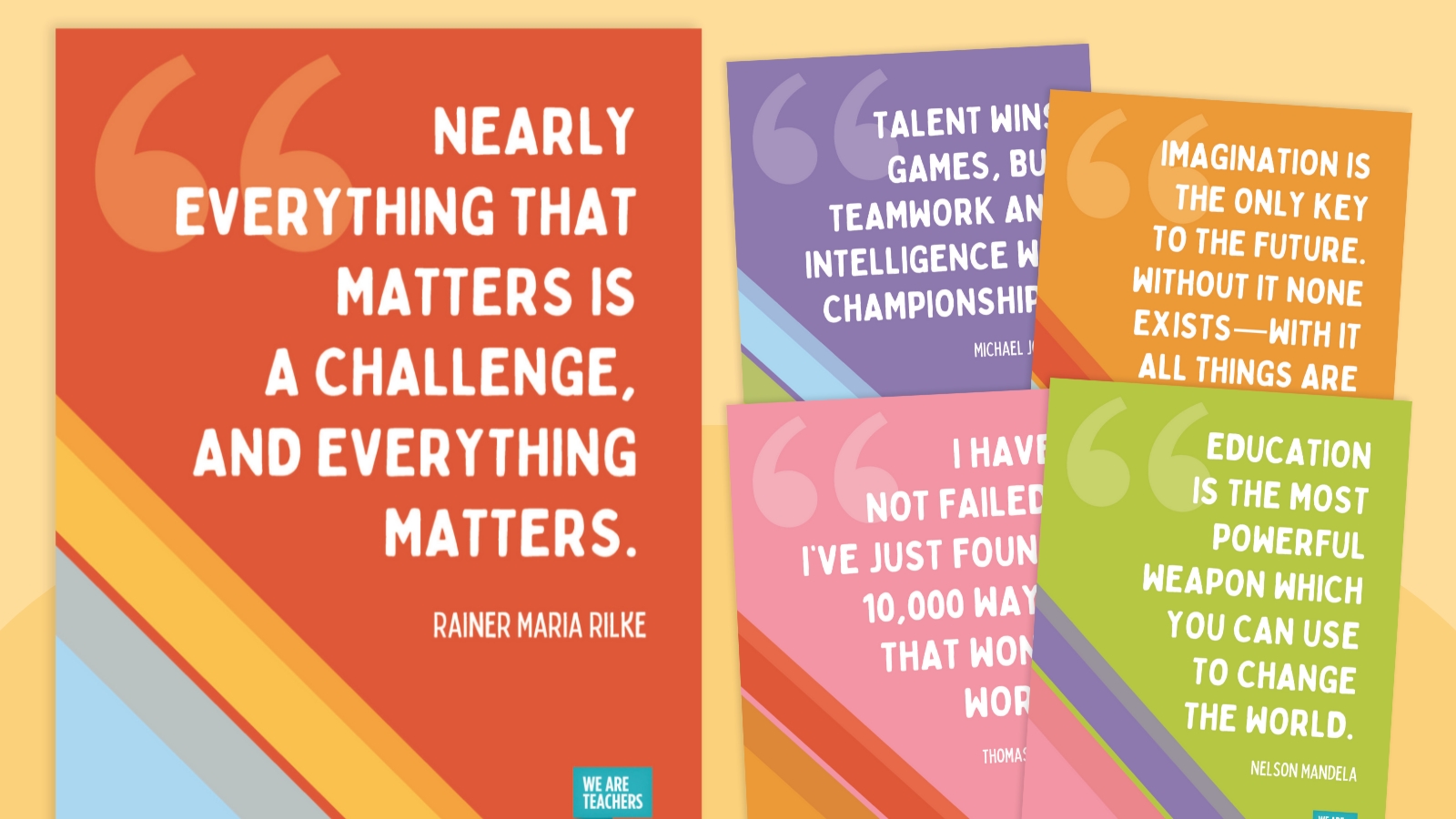By: Roots ConnectED
In the same way that race and class make up parts of who we are, how we learn and think is a part of our identity. Othering any part of ourselves denies us the capacity to create true spaces of belonging. Every student is unique and their intersecting identifiers make them who they are. Special Education, learner variability, and neurodiversity cannot be separated from culturally sustaining pedagogy. Our Anti-Bias Education Framework, adapted from the works of Derman-Sparks, Edwards, and Goins, includes Universal Design for Learning, accounts for learner variability, and positions identity and inclusion as central to the work of creating anti-bias communities.
We define “Identity” as the deep understanding of one’s intersecting identifiers which includes the practice of recognizing personal biases and prejudices, as well as one’s own power and positionality and how they show up and impact individual decisions and actions. We believe identity work requires ongoing learning and unlearning, grace, and revolutionary love. An important part of these reflections is to contemplate how power shows up through the lens of intersectionality, a term coined by Kimberlé Crenshaw.
Inclusion entails the intertwining of interdependence and independence to see the complexity of individuals. It requires all to recognize that their actions impact others and that they are all integral parts of a community. We believe as Todd Rose so eloquently states, there is no “average learner.” Through truly inclusive practices students understand that each person learns in different ways and they are able to make informed choices for their learning and social emotional development. Access to learning ceases to be a barrier to understanding, growth and building community.
Research shows that students who feel a sense of belonging are able to engage more fully in learning, have fewer behavior problems, take greater advantage of learning opportunities, and build important relationships. They are more likely to persevere in the face of difficulty and do better in school.
Community Roots Charter School
Let’s zoom into a practice example from our learning site, Community Roots Charter School, located in Brooklyn, NY where students learned about the work of Marian Croak as a current event.
First, norms are used to support a brave and inclusive dialogue amongst students where multiple voices and experiences can be voiced and honored.

Information is shared with multiple access points. In this case, some information is both written and read aloud. Students watch a video with closed captions and are given the option to choose a mode of information they’d like to engage with (text versus audio) or the means of engaging ( independently, with a partner, or with adult support). These choices increase agency, allowing students to be responsible for their understanding of the goal and material, as well as the outcomes of their learning (ie. showing their work). This approach entrusts students with being responsible for their learning by providing tools and choice as well as a clear goal.
To close students are asked questions that:
- provide multiple access points
- get students to notice their connections (mirrors) and areas of learning (windows)
- help students to notice missing perspectives

All students deepen their understanding of a current event through reflection on their own identity, interests and needs. They practice skills and analyze media critically, and they do so in community with others continuing to learn more about themselves and their peers as learners. Practices like the one outlined above help kids have meaningful and sometimes difficult conversations in a safe space, learning how to engage with and practice dialogue that honors multiple experiences and perspectives.
How to get started?
The following reflection questions can be important to consider as schools think about the relationship between culturally relevant teaching and inclusive practices:
- Do you/your faculty currently meet the needs of all learners but haven’t been thinking about anti-racist/anti-bias practices and curriculum?
- Do you/your faculty currently teach with a social justice lens but haven’t ensured that all students are engaged and have access to the incredible curriculum you have created?
- Do you create curricula with an inclusive mindset?
- Do you plan staff professional development with an inclusive mindset?
Students being honored for who they are in school deeply impacts their experience and has a lasting impact on their lives. It is time for us to plan intentionally with learning needs and the importance of neurodiversity in the way we design learning environments, and to recognise the impact that it has not only on meeting the needs of all learners but also on the sense of belonging they all deserve to feel in the classroom. The integration of intentional learning environments that provide multiple opportunities for connection and belonging can create long-lasting effects for both student wellness and academic outcomes.
Roots ConnectED connects people to each other and empowers schools and organizations to cultivate the next generation of justice-oriented changemakers through innovative curriculum, culture, and learning environments.
The post Why Neurodiversity Matters When Talking About Anti-Bias Education appeared first on Getting Smart.
Embracing neurodiversity in anti-bias education fosters inclusive identities, enhancing student belonging and learning in diverse school communities.
The post Why Neurodiversity Matters When Talking About Anti-Bias Education appeared first on Getting Smart. Equity & Access, SEL & Mindset, agency, dialogue, Diversity and inclusion, mindset, Social-Emotional Learning, special education Getting Smart





